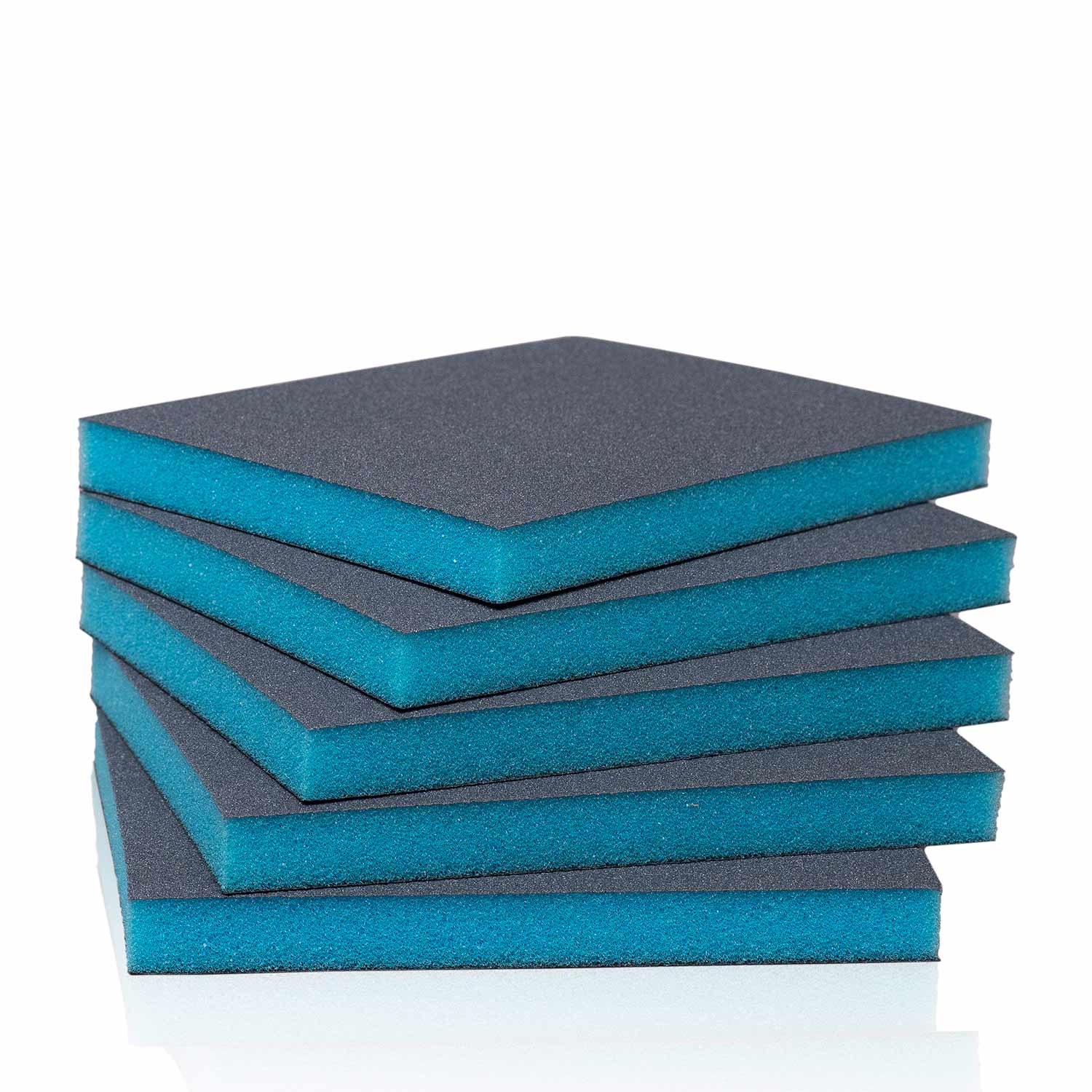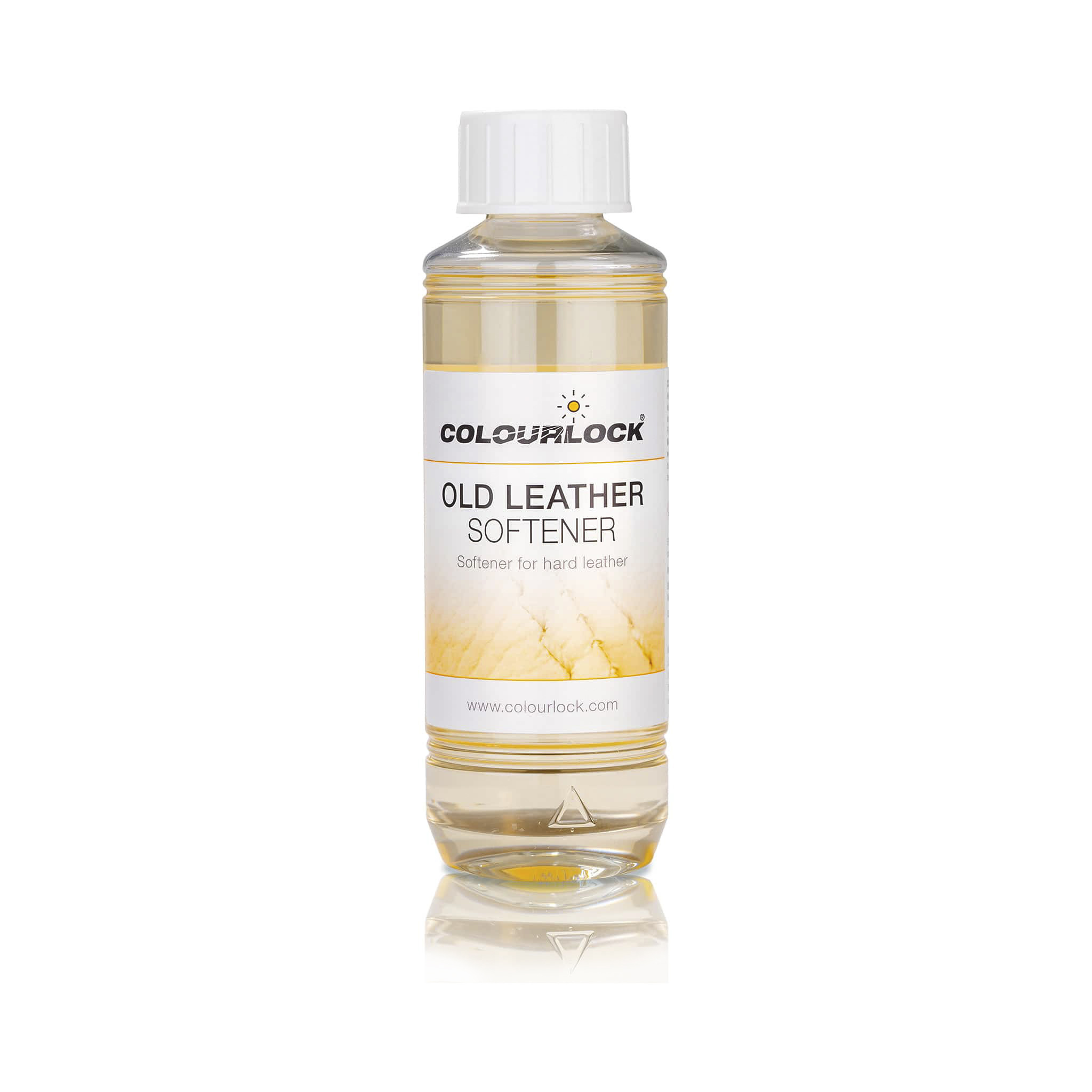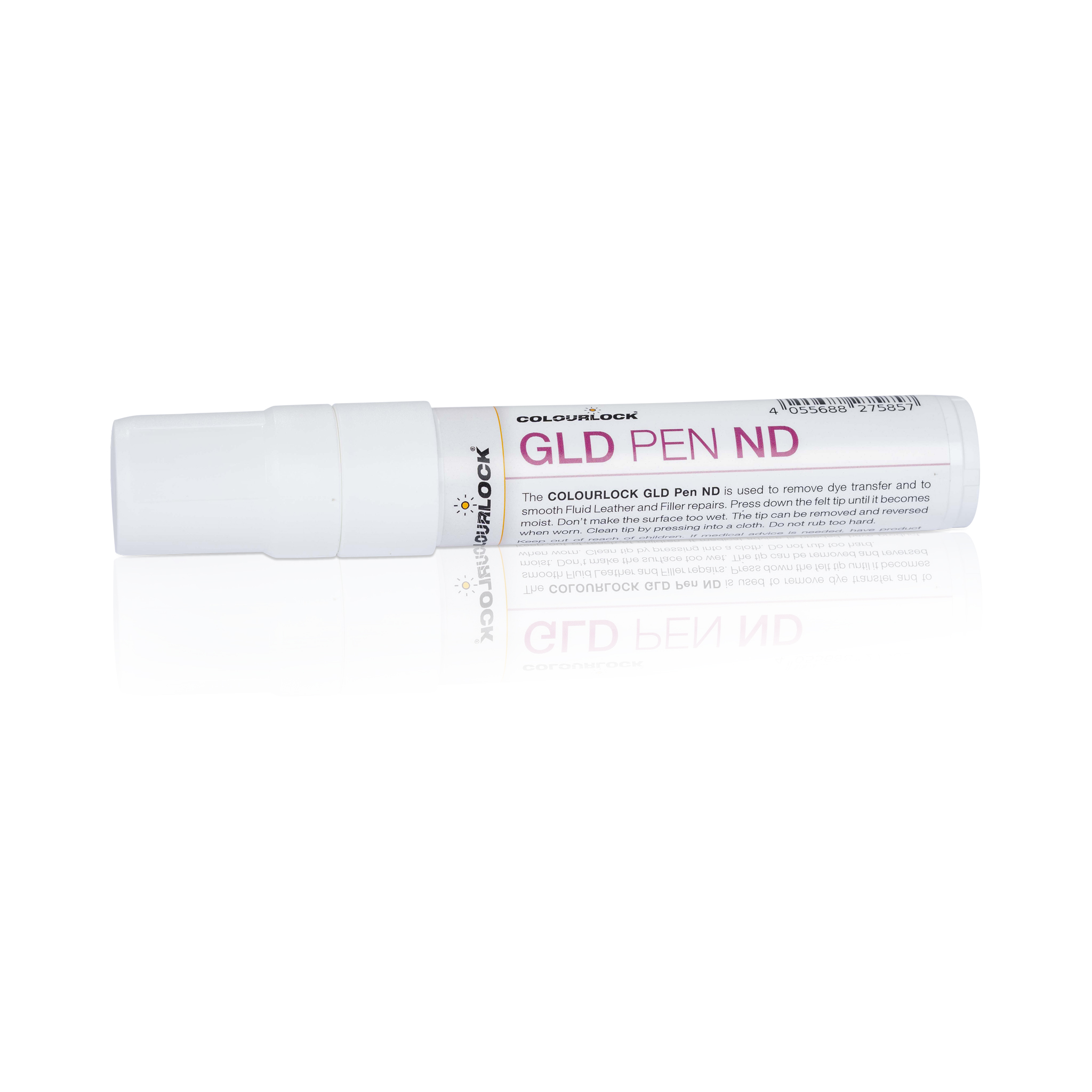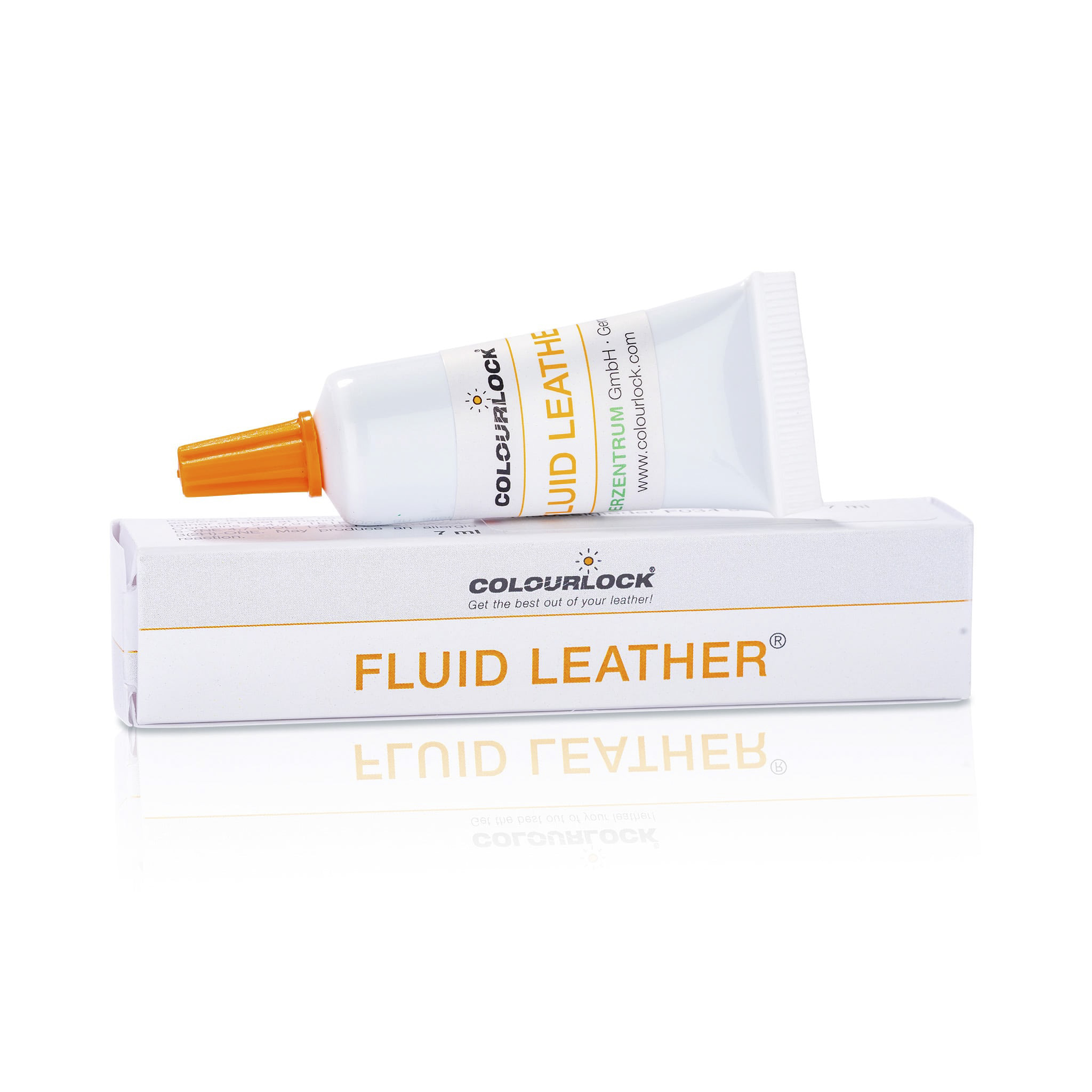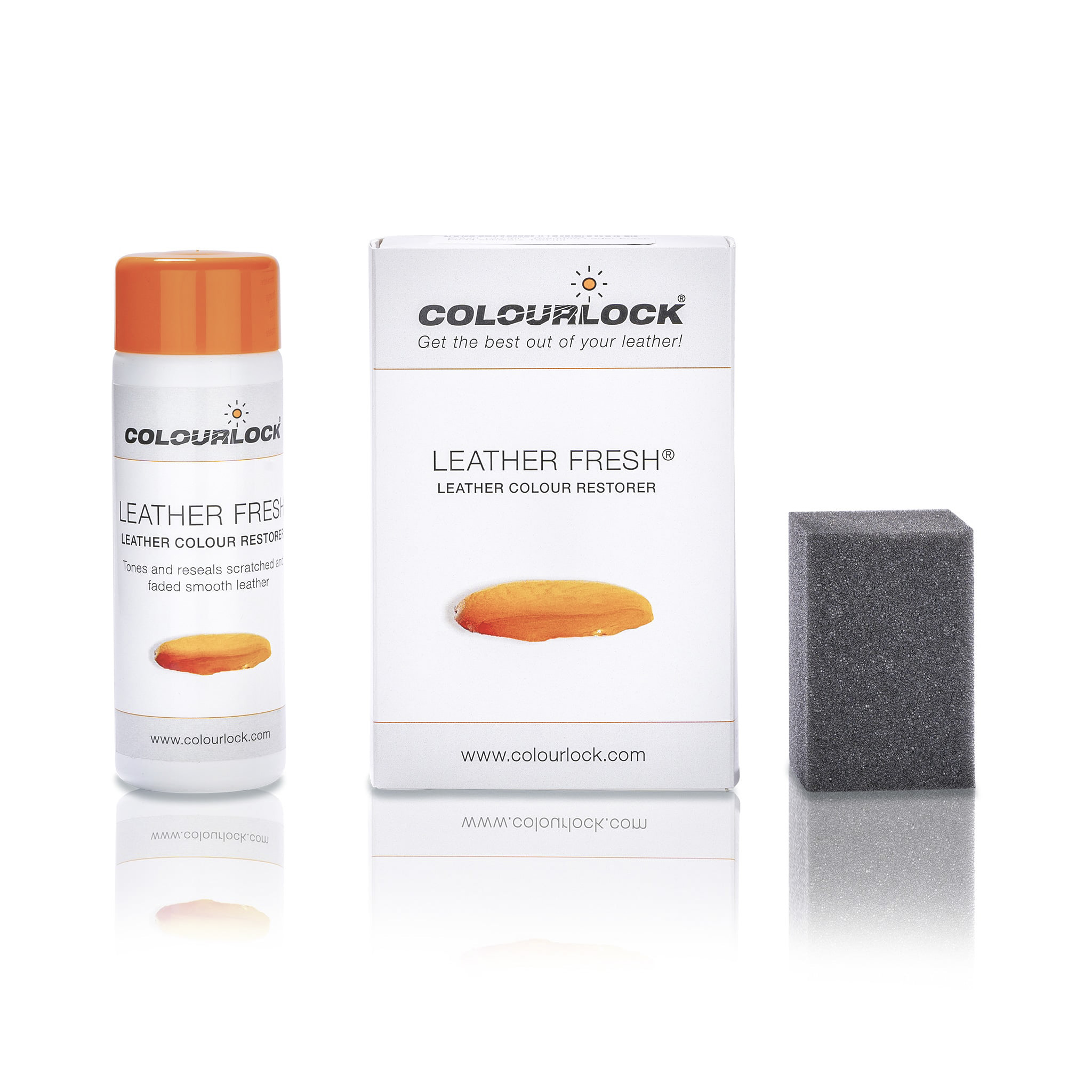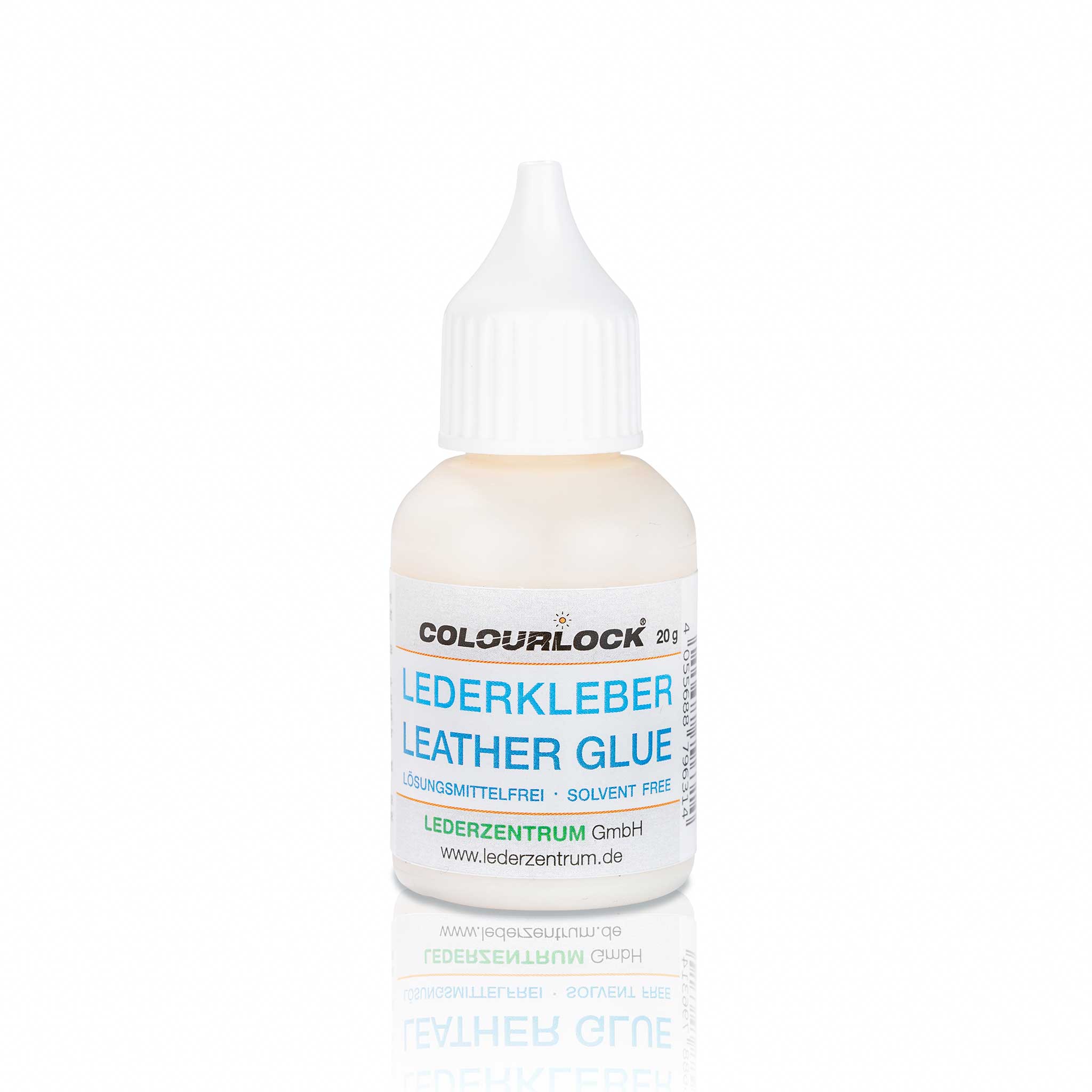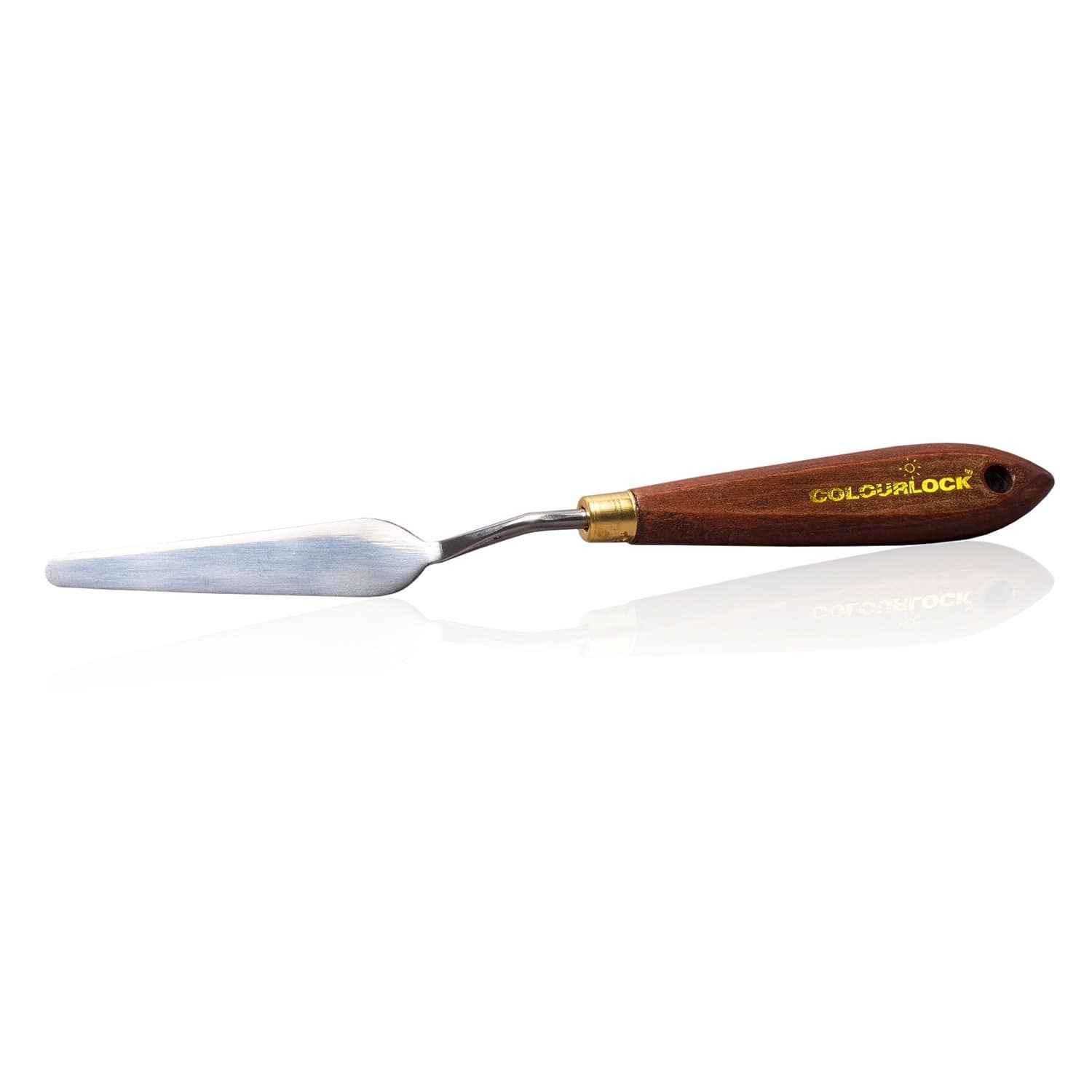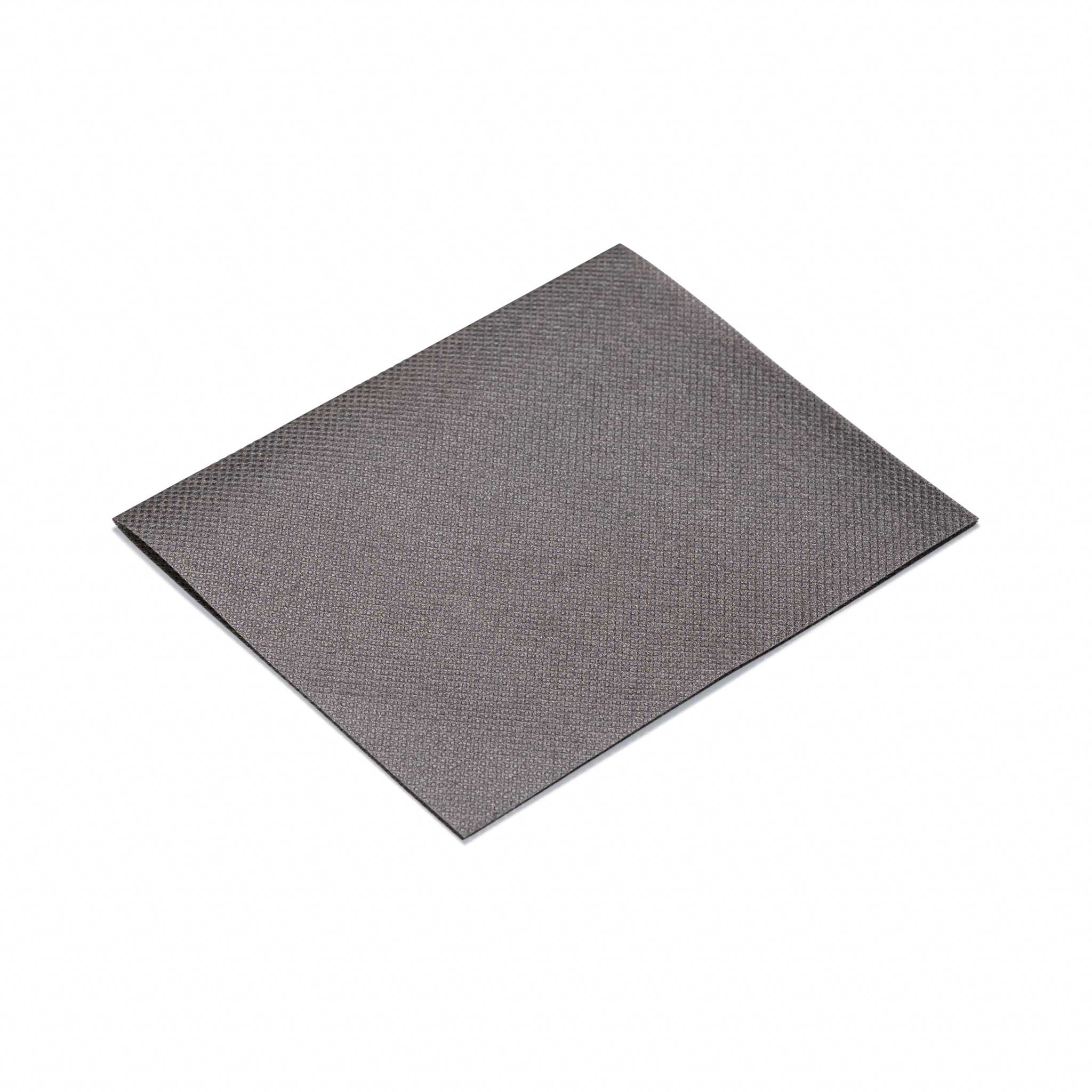How To Repair Tears And Holes In Leather With Fluid Leather Filler
Preparation
- COLOURLOCK Fluid Leather is only recommended for damage where filling is required. Scratches and general wear and tear on the colour surface do not need to be treated with COLOURLOCK Fluid Leather. In such cases, we recommend to smooth the surface using COLOURLOCK Leather Sanding Pad and to refresh the colour with COLOURLOCK Leather Fresh.
- The surface of COLOURLOCK Fluid Leather is smooth and shiny after drying. To hide the repair, a colouration with COLOURLOCK Leather Fresh in the respective colour is necessary. This covers the gloss of the COLOURLOCK Fluid Leather. Dab the COLOURLOCK Leather Fresh several times with a sponge on the repair and dry with a hair dryer in between the layers until the desired covering is achieved.
- Ensure you degrease the repair area with COLOURLOCK Degreaser in order to remove remaining care products containing grease, waxes, silicones etc. before applying COLOURLOCK Fluid Leather.
- Smooth rough areas and scratches with the COLOURLOCK Leather Sanding Pad before starting any repairs with COLOURLOCK Fluid Leather.
- In case of hardened leather, always carry out repairs with COLOURLOCK Fluid Leather before any treatment with COLOURLOCK Old Leather Softener. This oily treatment reduces the adhesion of the COLOURLOCK Fluid Leather.
Procedure
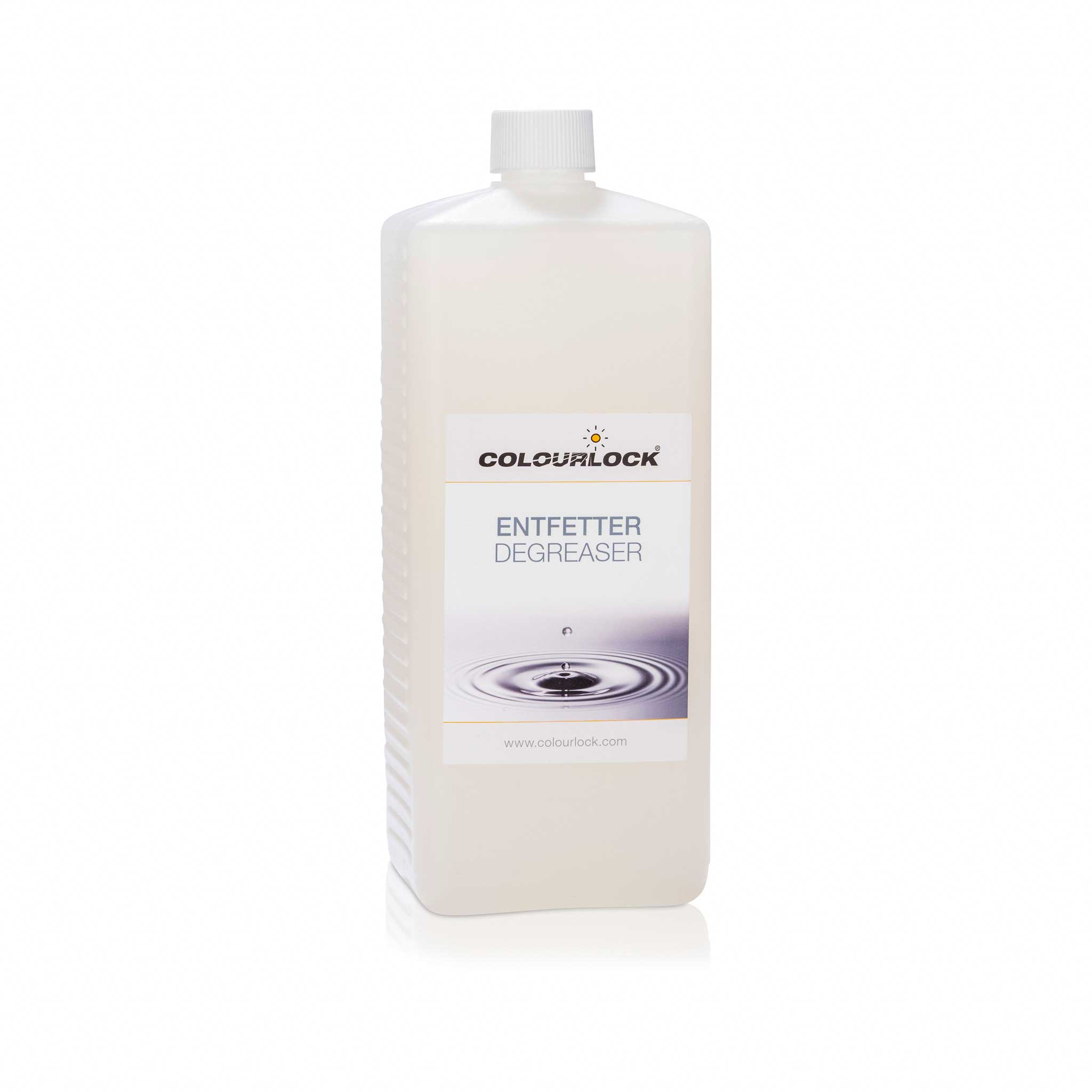
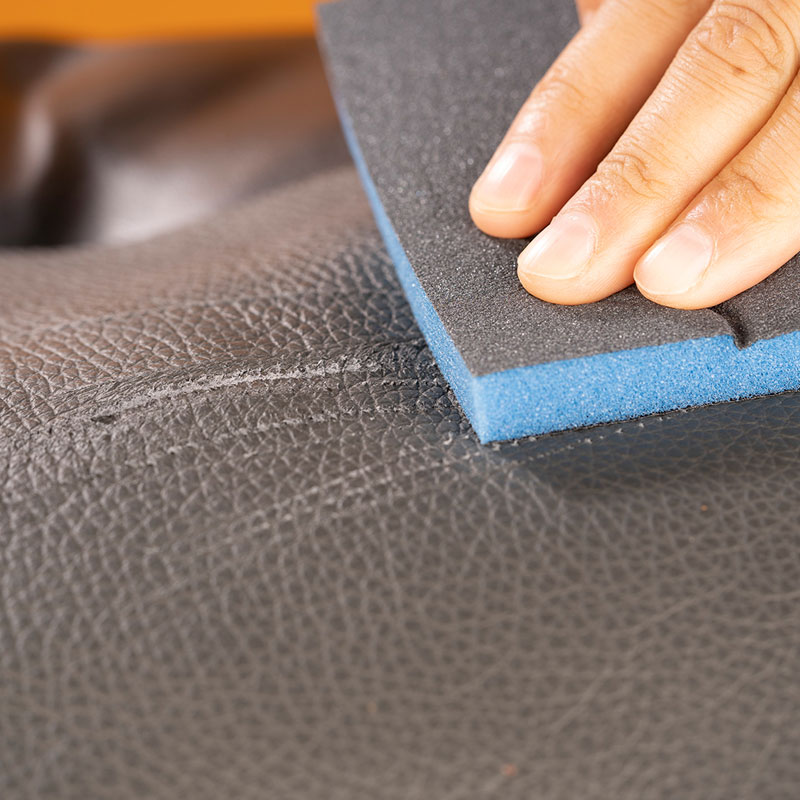
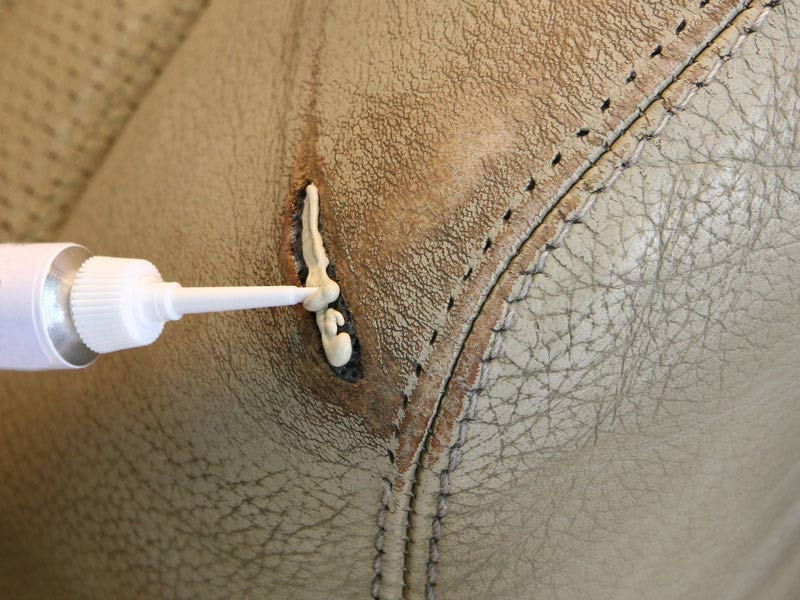


A TEAR IN THE LEATHER
If the leather is not too rough, drill a small hole to the right and the left of the tear (approximately 2-3 millimetres) and sew with a round needle. Lay the knot underneath and pull the tear together. Tears in areas of frequent use should always be replaced by new leather when they are too large; the same applies for weak or hardened leathers.
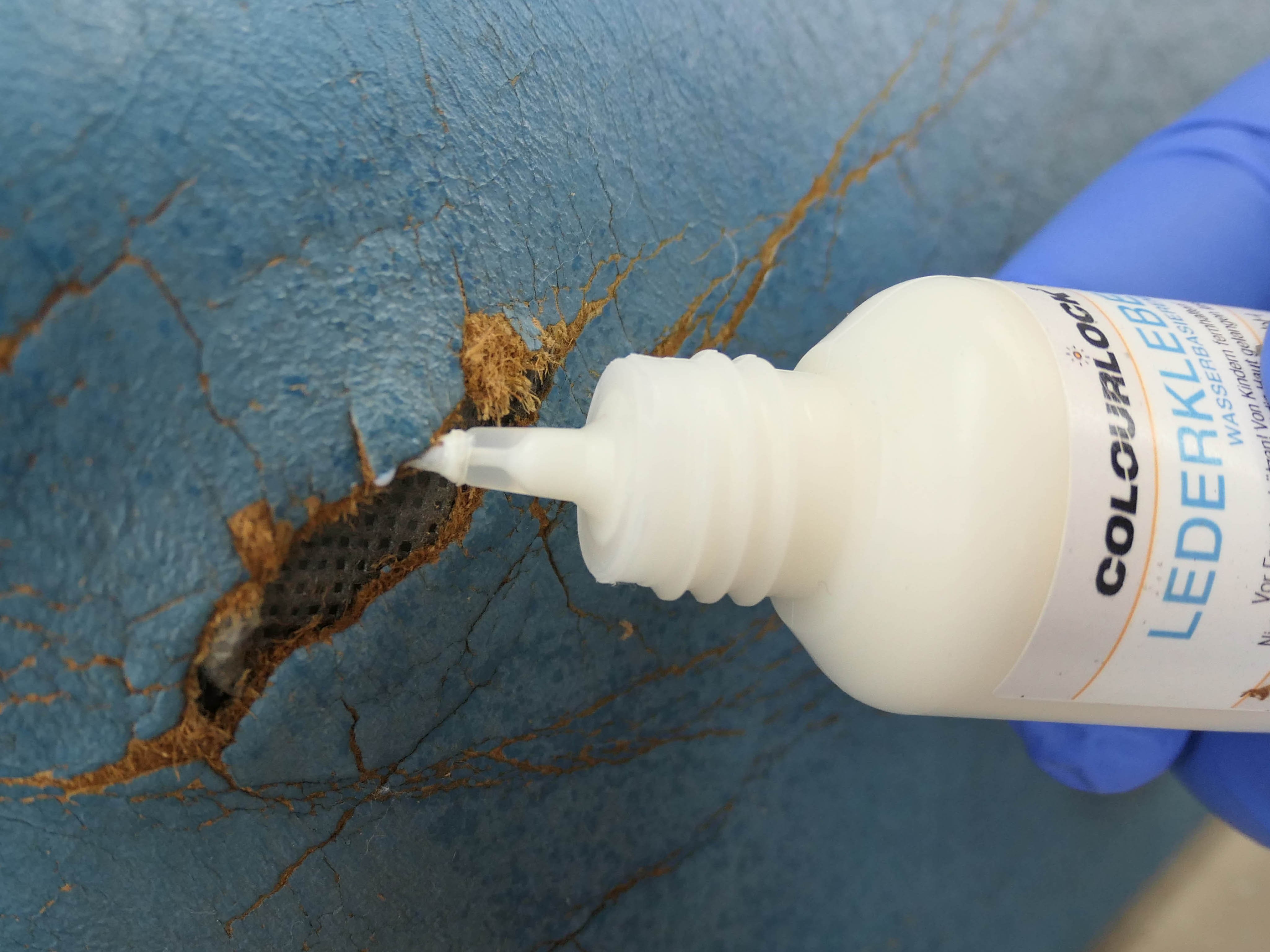
A HOLE WITH MISSING LEATHER
Use the COLOURLOCK Leather Glue to glue it onto the piece of cloth and the edges of the hole. Then fill visible gaps with COLOURLOCK Fluid Leather.

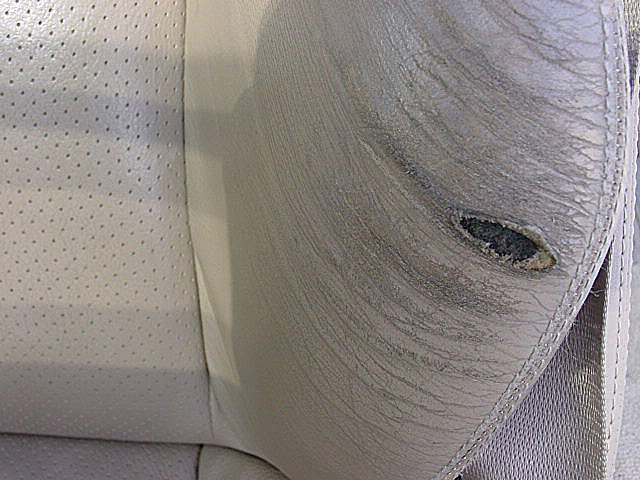

Recommended products

